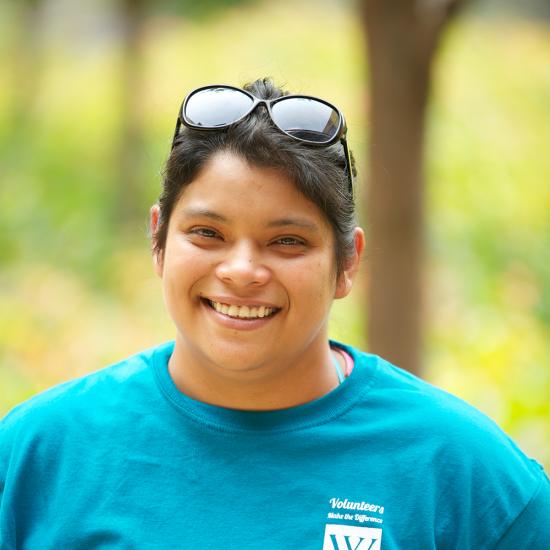The Family Independence Initiative Invests in the Strength of Low-Income Communities: ‘We Are the Ones Making the Change’
Mary Chazen was ready. Nearly two years after joining the Family Independence Initiative Twin Cities, Mary had begun recruiting new families to join the movement.
“I see how much of a difference it can make when you have the right support, the right programming and the right resources,” Mary told about 15 families at an information session she organized in June 2018 at the Rondo Community Library in Saint Paul. “We have all made it this far with little of this in place. Imagine how much more we can do when we have what we need.”
Thirteen families at Mary’s information session wanted to sign up immediately, joining a growing number of families in the East Metro who are part of the initiative. As of September 2018, 67 families have created 11 cohorts that meet regularly to invest in their collective future.
Families Individually and Collectively Lead Their Own Change
The Family Independence Initiative Twin Cities is part of a national model in which low-income families work together to set their own goals and devise and find solutions to the problems they face. Families track their financial and other progress, which FII analyzes to learn about trends and make capital available to families.
Participants form groups of four to eight families and commit to working together for two years. At the start, they receive a $300 technology stipend and a monthly stipend in exchange for their time spent in monthly meetings and updating progress on goals. After six months in FII, participants can access resources such as grants for education or health care and zero-percent interest loans.
The key, says Norka Avignon Peterson, Wilder’s liaison to FII Twin Cities, is that families work with each other to set goals, make connections, and hold each other accountable. She meets with families quarterly to review their journals and verify data, but does not provide advice or resources—even though she would sometimes like to offer help. “They lead their own change,” she says. “It’s about people being in the driver’s seat.”
Connections and Choices Are the Core of Family Independence Initiative
When Mary joined FII, she was struggling to find and maintain employment even though she had earned a bachelor’s degree in health care management in just 2½ years. Her marriage was ending. She was pursuing mental health services and other support for herself and her family.
Mary was an involved parent at Galtier Community School, where another parent told her about FII. Initially, she was attracted to the movement by the stipend and the opportunity to track her goals. She tracked her efforts to obtain help and support for herself and her family, her successful application for housing, and the enrollment of one of her children in Head Start. “It was helpful because I got to see the improvements along the way, and how much things have changed. I can see everything that I’ve done going forward,” Mary says.
After six months in FII, Mary was able to obtain a loan to repair her car. She received a grant to take a course on entrepreneurship, in which she is working on a plan to start a photography business that is sensitive to people who have mental health challenges.After two years with her first cohort, Mary decided to create her own FII group focused on issues she’s passionate about, leading her to recruit participants who are interested in mental health, bullying and self-care.
The freedom to choose is at the core of FII. “You get to choose the people in your group, you get to choose the time when you are going to meet, you get to choose the location,” Mary says. “The group is in charge of what we do. We are the ones that are making the change.”
